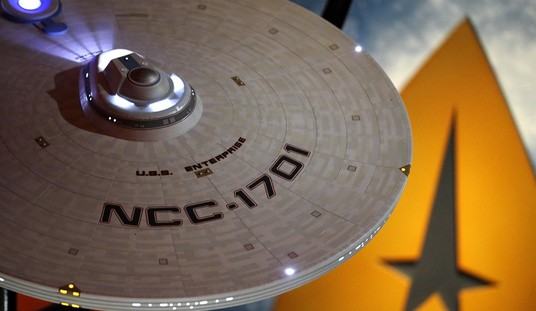
And now for news of fresh disaster from Government Motors:
This past Sunday marked 10 weeks that we’ve had the 2012 Chevy Volt. In that amount of time, it’s been back to the dealership four times due to problems. One of the issues we were told was definitely fixed (a problem with the tire pressure monitor system) came right back two days after it was repaired. Another time the car simply would no longer charge, or rather, would start and stop charging very quickly, as if it was being plugged in and unplugged and plugged back in every few seconds. Definitely not standard or typical behavior–an obvious defect. None of the trips were quick fixes either, requiring at least a few days before we’d have the car back.
These were all annoyances and inconveniences, though. It sucked having a new vehicle that we saw as the future and having it in for service three times over the course of the first few weeks, but we weren’t in any danger. That changed with the latest issue that cropped up with the Volt.
I took a quick trip to the store, about a mile or so from Gear Live HQ, with no problem. On the drive back, things seemed fine as well. I stopped in a turn lane to wait for traffic to pass before I made my left across 2 lanes of highway traffic. Once it was good, I hit the gas to complete my turn…and the car stopped going mid-turn. The cars that were coming towards me slammed on their brakes once they realized that I was no longer in motion (if I had been, their speed wouldn’t have been an issue.) Two cars narrowly avoided hitting me at 45-50 MPH, which would have resulted in injuries to me, and the drivers of the other vehicles. Unexpected high speed collisions are just bad all around. Thankfully, there was no contact. One driver was able to stop just a few feet from me, while the other swerved to the side to avoid hitting me.
This all happened without warning from the Volt. No check engine light or chime alerted me that anything was wrong. I continued to step on the gas, and the car would only go a maximum of 3 MPH. It would stall out, and start back again going a couple of miles per hour, but never more than 3 MPH. Because of this, it took me about 30 seconds to cross the two lanes that typically takes 2 seconds to do.
After that turn, my final destination was 3 blocks away with no stop signs or traffic, and it took minutes to get there. There’s a slight incline–two small hills–and the Volt continued to stall, slide backwards down the hill, then move forward again at a snail’s pace. The car was going to need it’s fourth trip to the dealership to be serviced in the two months that we’d had it…but this time, the problems with the car put us directly in danger.
After some research and speaking with OnStar, it turned out that they were able to see an error code that the vehicle provided: POAC4. The electric propulsion system failed. I did a bit of research and found quite a bit of help on the GM Volt forums (beware, there are also plenty there who’ll question anything negative you have to say about an expensive vehicle that you committed to buy with your hard-earned money.)
Linking to the above story, Doug Ross writes, “It’s so weird that central planning doesn’t seem to be working out for GM’s Volt product line. After all, it was so successful for the Soviet-era automotive classic known as the Volga.” Funny, I think of it as the successor to another Iron Curtain-era vehicle, though it all depends upon how far you want to go back.










Join the conversation as a VIP Member